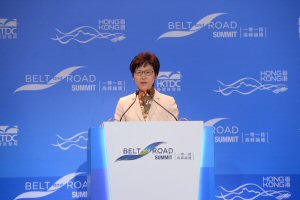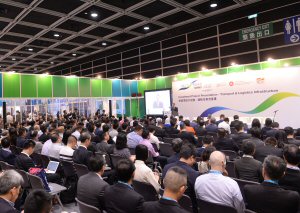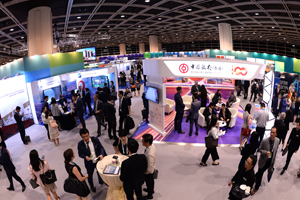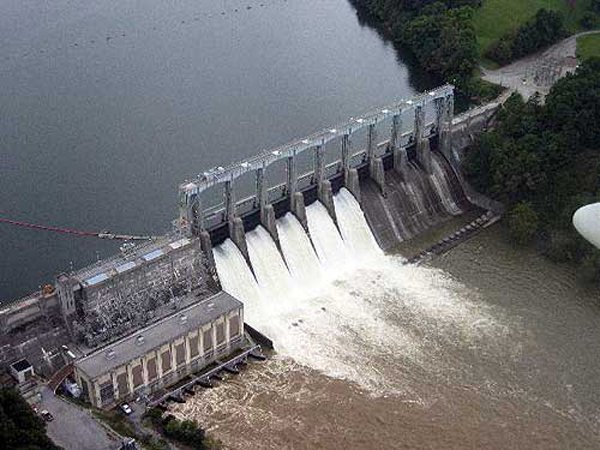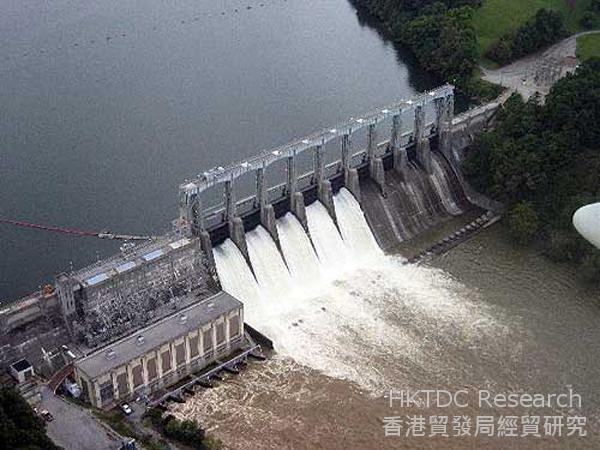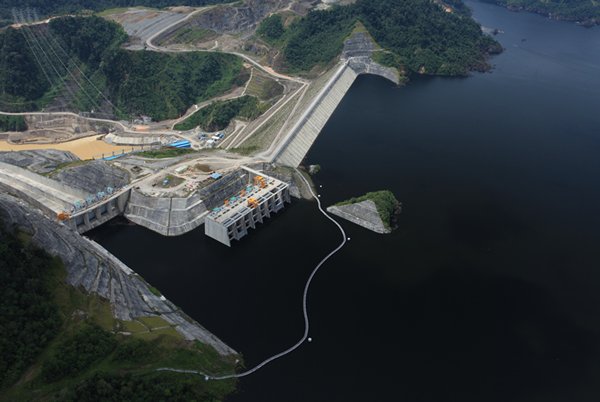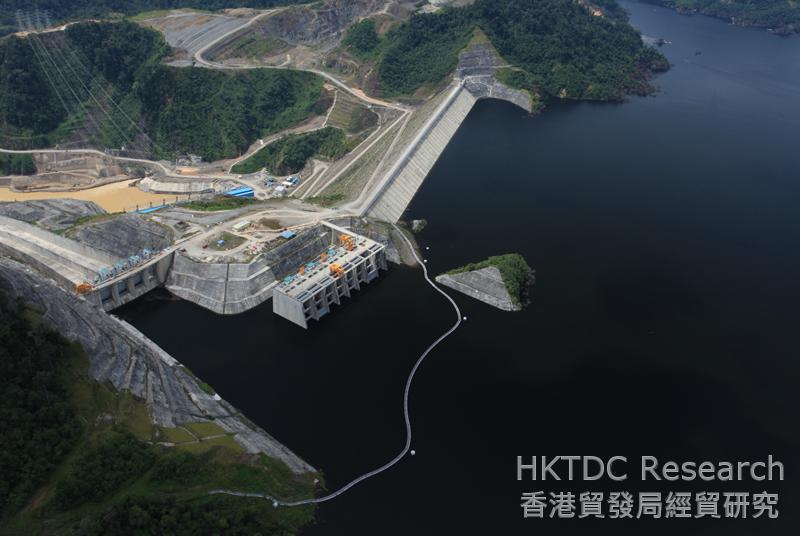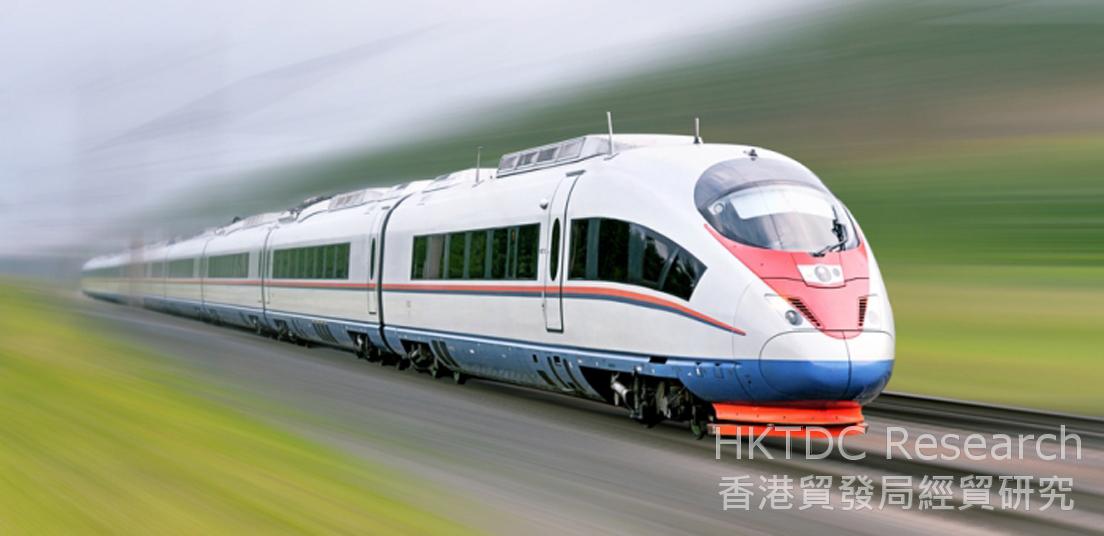
A straw poll of work colleagues will quickly confirm that few know the geographical location of Djibouti despite it being a strategically key port on the busiest shipping route in the world. The Belt and Road Initiative will have a transformational effect on a place known as the Crossroads Nation.
The highly distinctive and recognisable Aedas strategic master plan for Djibouti will reinvigorate the city and encourage the growth in trade of capital, goods and services through the whole of East Africa.
The strategic military bases within the city make it very secure. Its political stability is an additional asset. Its people incredibly polite and always smiling and the potential for growth is huge. Already its telecommunications system ranks among the best in Africa.
The strategic master plan is a progressive and sustainable model for regeneration that not only looks to the future but also draws from the rich heritage and culture of the city and the country. The astonishing cultural diversity of Djibouti, apparent in its historic French Colonial Quarter and Arabic houses, informs the urban grain and scale of the masterplan and ties the new into the historic fabric.
There is a danger with a master plan proposal of this scale is that the historic context and diversity is lost amongst the delivery of a skyline of high-rise towers and reflective glass. It is better to create a master plan that has been informed by the special nature of the place and so works with it.
The development is on the key peninsula site of Djibouti and will deliver not only a new and vibrant waterfront, but create a series of distinct places within a sustainable environment, offering leisure and tourist facilities, commercial office space, cultural and residential quarters and a focus for new foreign investment to the city and so the wider country. The master plan focus is not about buildings alone but is equally about space and places for the population to gather and connect. It has a new cultural heart which creates a public venue and focus for a new chapter in Djibouti’s history.
The recently completed railway connections and the planned airport upgrades will sit alongside the new port and cruise terminals ensuring that a full range of transport infrastructure facilities will be in place to deliver the sustained economic regeneration of the wider Aedas master plan. The huge benefits of the industrial parks and modern farms will ensure goods and services are able to be presented, traded and moved out from Djibouti, by various routes.
Catering for local and international investors and manufacturers, the master plan recognises culture and national identity as key to the success of the new opportunity, with revitalisation an ongoing process, which involves public participation as well as private investment. In addition the key principles of public space and landscape themes are in evidence throughout the masterplanning guidelines and will create the distinctive places Aedas has set out to deliver.

 310 Views
310 Views



